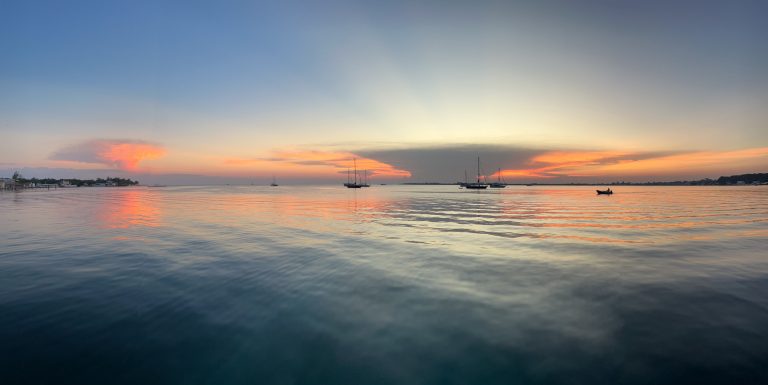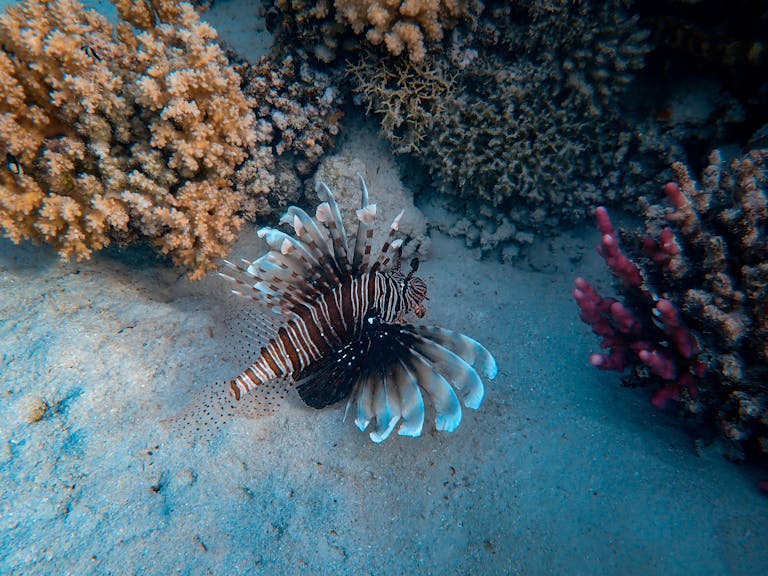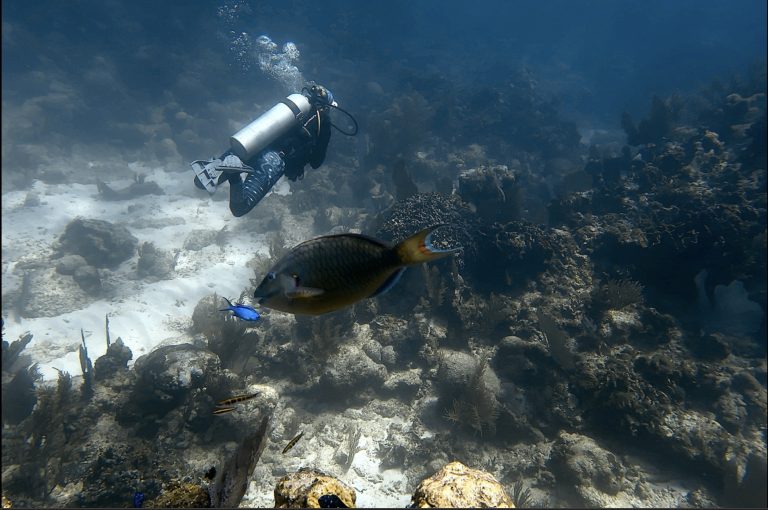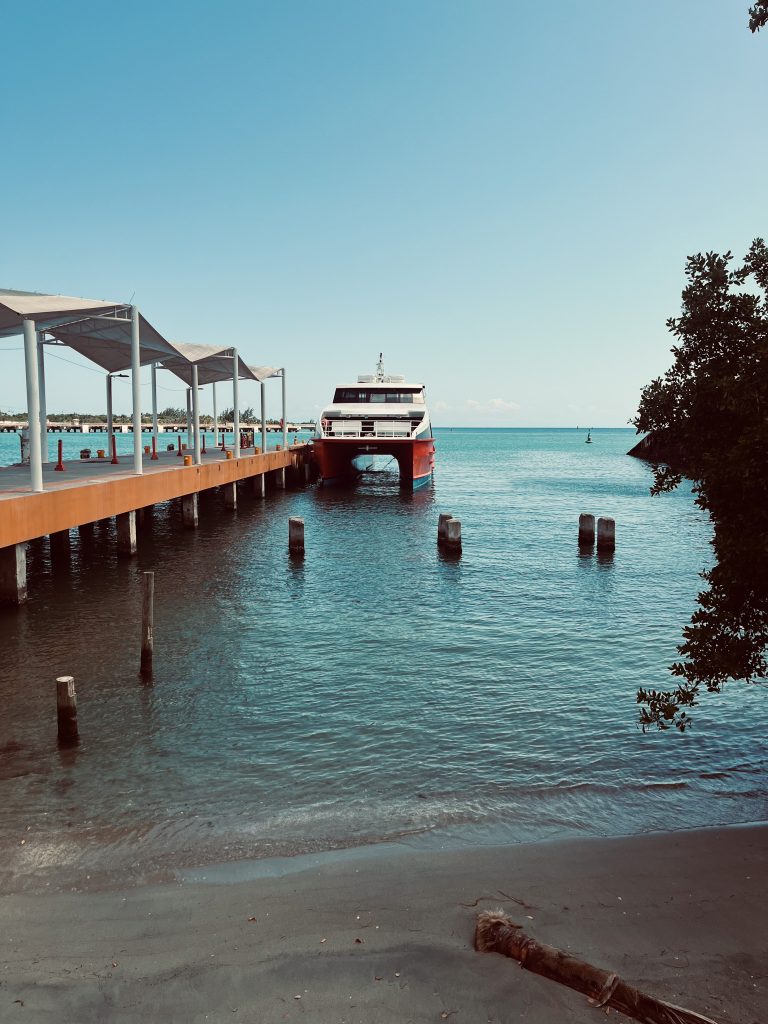Why Coral Reefs Matter: The Threats They Face and How to Protect Them.
Did You Know?
- Coral reefs cover less than 1% of the ocean floor, yet support approximately 25–30% of all marine life.
- Scientists estimate that up to 90% of coral reefs could disappear by 2050 without urgent action.
- Coral reefs provide food, income, and coastal protection for over 500 million people worldwide.
The ocean is the planet’s largest life-support system — and coral reefs are among its most vital and most misunderstood components. Coral reefs are important as they play a significant role in maintaining biodiversity, protecting coastlines, and supporting millions of people around the world. Yet, these underwater wonders are facing unprecedented threats, and without immediate action, we risk losing them forever. This article aims to explain what coral reefs are and why they are important to ocean and human life. It establishes a comprehensive list of the threats they face and offers some actionable solutions for their conservation.
What Is a Coral ?
Surprisingly, a coral is an animal — not a plant and certainly not a rock! Hard corals have a skeleton made primarily of calcium, and this structure is made up of many polyps, which vary in size depending on the coral species. Inside each polyp lives a photosynthetic algae called zooxanthellae. The coral and the algae have a symbiotic relationship: the coral provides shelter, and the algae provide energy to the coral through photosynthesis — the same process plants use to convert light and carbon dioxide into energy.
Fun fact: the algae are also providing the coral with its vibrant colours!
A reef is therefore a collection of different corals, forming the architecture for an underwater metropolis. They provide structure to support other forms of life such as soft corals, sponges, and algae, as well as shelter for smaller creatures like invertebrates (anemones, shrimps, lobsters) and small fish. In turn, this oasis attracts bigger fish, predators (barracuda, sharks), turtles, and even the odd diver!
Why are coral reefs important ?
Coral reefs have several ecological and economic roles that make them critical to life on Earth.
1. Biodiversity strongholds
As explained above, corals are at the root of reef ecosystems. Like trees in a rainforest, they offer opportunities to a plethora of communities. They support life and healthy food chains across those different communities. Smaller fish attract bigger predators that, in turn, top-down regulate the different populations, killing sick animals and preventing the spread of diseases. Reefs are also an essential habitat for turtles during their early years before they start migrating for reproduction.
Fun fact: Recent studies have demonstrated that just like humans who prefer to live in vibrant cities rather than decaying neighbourhoods, organisms will prefer to settle in healthier (more diverse and abundant) reefs than those in decline.
Reefs are a collection of complex and interconnected relationships and are essential to the life cycle of many species.
2. Protection of coastlines and people
Coral reefs play a crucial role in protecting coastlines from erosion, storm surges, and flooding. Acting like natural breakwaters, they reduce wave energy before it reaches the shore. This is especially vital for low-lying island nations and coastal communities.
But beyond their ecological role, coral reefs also underpin local economies. They support fisheries, which are a vital source of food and income for millions, and are central to tourism industries in tropical destinations. The livelihoods of countless people depend on healthy reef ecosystems.
3. Fish nurseries
Reefs are key sites for fish reproduction, where eggs and small fish can be protected from strong currents and predators. This ensures that fish populations can replenish themselves, supporting local communities’ fishing industries and compensating for industrial overfishing.
It’s no coincidence that most marine protected areas are established over coral reefs. These “no-take” zones help replenish fish populations and allow them to spill over into surrounding areas, benefiting both local fisheries and ecosystems.
4. Staggering economic value
It is incredibly difficult to put an exact figure on the economic value of coral reefs, but the benefits are undeniable. From coastal protection and the prevention of mass migrations due to environmental disasters to supporting local economies through fishing, tourism, and water sports, the value is immense.
Some estimates place the global value of coral reefs between $30 billion to $375 billion annually, considering both direct economic benefits and the ecosystem services they provide.
What are the main threats to coral reefs ?
1. Coral bleaching
Bleaching is a stress response to a rise in ocean water temperatures. At a certain threshold, the algae living inside the coral polyps are either expelled or leave the coral. Their absence leaves the coral deprived of food, as they usually provide between 70–90% of its energy. As a result, corals lose their vibrant colour and turn pale, sometimes to the point of dying, hence the term “bleaching.”
2. Ocean acidification
With the rise in greenhouse gas emissions, more carbon dioxide (CO₂) is absorbed by the ocean. This leads to a chemical process that lowers the pH of seawater, making it more acidic. Acidification reduces the availability of calcium for organisms with exoskeletons (such as corals, shrimps, and lobsters) to build and maintain their structures. As a result, these species may grow more slowly or develop weaker skeletons, making them more vulnerable to erosion and predation.
3. Marine pollution: from organic matter to plastics
A wide range of pollutants can affect the health of coral reefs. Organic matter — from untreated sewage or agricultural fertilisers — can trigger the overgrowth of algae, which suffocates corals by blocking sunlight and oxygen. Plastics and microplastics interfere with biological functions, while oil spills, noise pollution, and chemical runoff can further degrade reef ecosystems.
4. Disruption of endemic communities and invasive alien species
When coral reefs are damaged, their delicate balance is disrupted. Key species such as parrotfish, surgeonfish, and sea urchins play essential roles in maintaining reef health by grazing on algae. If these species are lost due to overfishing or other pressures, algae can grow unchecked and smother the corals. In some cases, invasive species are introduced through human activity. These newcomers can outcompete and replace native species, further destabilising the ecosystem. Over time, this results in a loss of biodiversity and a reef that is far less resilient to future threats.
5. Extreme weather events & El Niño
Weather events, particularly El Niño, play a significant role in coral reef health by triggering cycles of higher sea temperatures and subsequent bleaching events. These events leave reefs vulnerable and can hinder their recovery. Storms also cause physical damage to corals through strong waves and currents that break them apart. They increase sedimentation, which smothers corals, and can introduce pollution and parasites, further stressing already weakened reefs
6. Infectious diseases affecting corals
In most ecosystems, diseases tend to become a major threat once the system has been under significant pressure and lost some of its resilience. Coral reefs are no exception. In recent years, reefs—especially those in the Mesoamerican Barrier Reef System—have been affected by several diseases. One of the most concerning is Stony Coral Tissue Loss Disease (SCTLD), a highly contagious condition that can cause up to 90% coral mortality within just a few days. This disease has spread rapidly and is particularly devastating, as corals are unable to recover naturally from SCTLD without human intervention due to its severity.
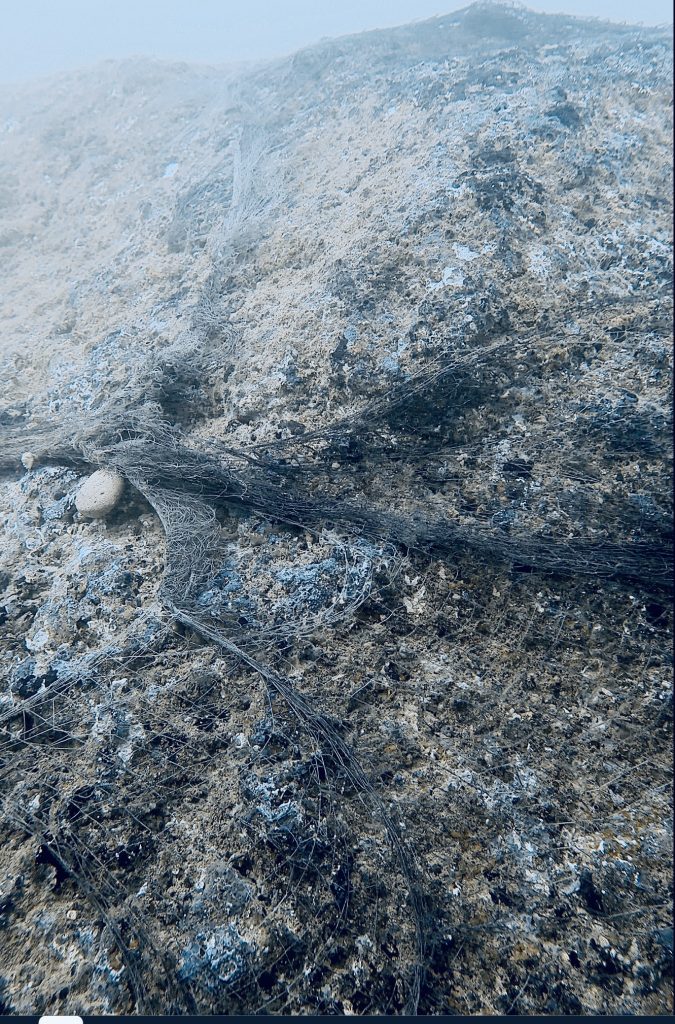
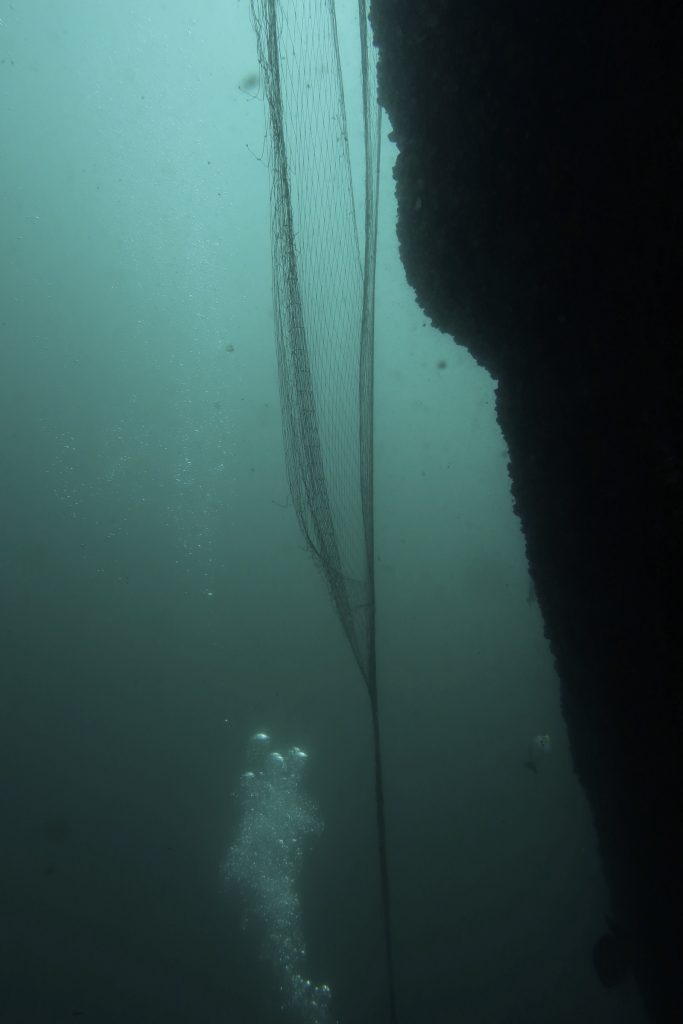
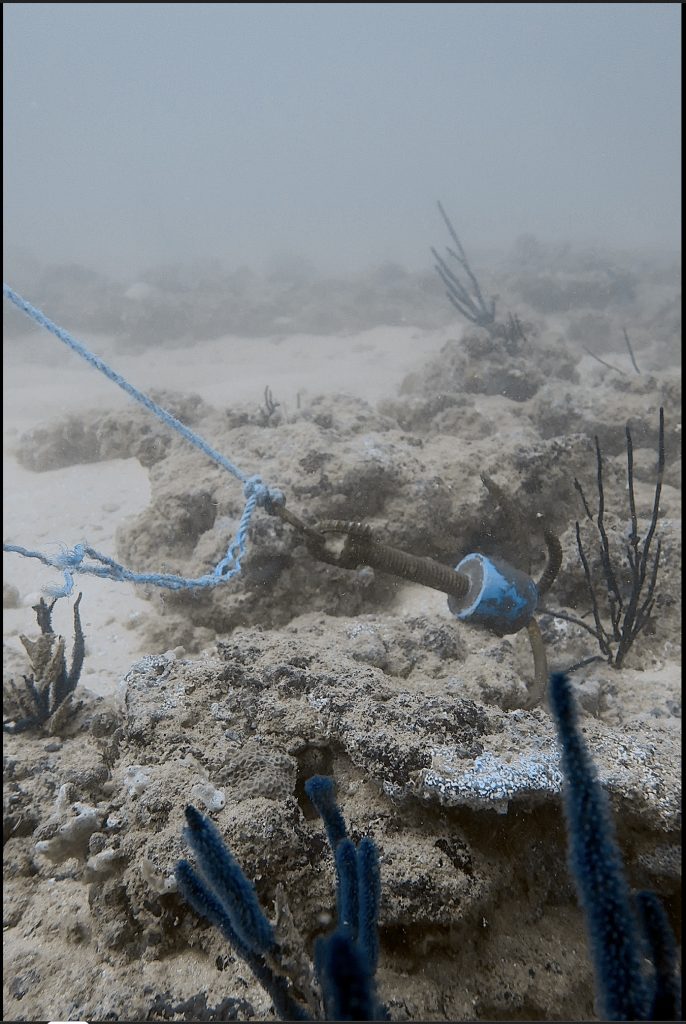
7. Human activities contributing to reef degradation
From physical damage caused by boat anchors, snorkellers, and divers with poor buoyancy control, to destructive fishing practices like bottom trawling and the use of cyanide for aquarium harvesting — human activities put immense pressure on coral reefs. Lost fishing gear such as ghost nets can tangle and break fragile structures, while overfishing upsets the balance of reef ecosystems.
What innovative solutions for coral reef restoration?
1. Coral nurseries and transplantation
One promising solution is the use of coral nurseries. These involve collecting healthy coral fragments, nurturing them in safe, controlled environments (either in underwater frames or land-based tanks), and transplanting them back onto degraded reefs. This method helps rebuild coral structures and speeds up natural recovery processes.
2. Acoustic enrichment to assist reef restoration
Reefs that have been degraded often become eerily silent. Some research shows that playing recordings of healthy reef sounds — such as snapping shrimp and fish chatter — can attract juvenile fish and help regenerate life. It’s a bit like inviting life back with an underwater speaker system.
3. Selective breeding and assisted evolution
Researchers around the world are working to identify coral species that can better withstand heat and ocean acidification. In some cases, they’re simulating future ocean conditions, like those expected in 2030 or 2050, in laboratory environments. The goal is to selectively breed or strengthen coral strains that will be able to survive the challenges posed by the changing climate of the oceans.
4. Coral larvae restoration
Some restoration efforts focus on improving the natural reproduction of corals. During spawning events, scientists collect coral eggs and sperm, fertilise them in controlled environments, and raise the resulting larvae until they’re strong enough to settle on reefs. These baby corals are then carefully released back into degraded reef sites, where they can attach to suitable surfaces and grow — helping to reseed entire areas with new coral colonies.
5. Artificial reefs
In some areas, scientists and conservationists are installing artificial reef structures to provide habitat and prevent further degradation. These can include sunken ships, train cars, or specially designed sculptures. Some designs are intentionally made to entangle illegal fishing nets, acting as passive defences against destructive fishing practices. These structures provide shelter and new surfaces for marine life to settle, helping to reduce pressure on natural reefs.
What can You do? 🌍
Science is amazing — but protecting coral reefs also relies on everyday choices and actions. Here’s how you can help:
1. Use reef-friendly products
Many sunscreens and skincare products contain UV-blockers and chemicals that can disrupt coral growth and photosynthesis. Look for mineral-based, reef-safe alternatives like Stream2sea or SunBum
2. Adopt respectful practices
If you dive or snorkel, learn how to control your buoyancy, avoid kicking the reef with fins, and never touch or take anything. Choose eco-certified tour operators and avoid motorsports near reef zones. If you enjoy fishing, consider joining conservation efforts and hunt locally invasive species.
3. Take the PADI AWARE coral reef and nursery specialty courses
These courses are a great way to deepen your knowledge of coral ecosystems and their importance. The Coral Reef Conservation course covers reef biology, threats, and protection efforts, while the Coral Nursery specialty gives you hands-on experience in reef restoration. Both are perfect for becoming a more informed diver and a strong advocate for coral conservation.
4. Support local, sustainable initiatives
When travelling, invest in community-led eco-projects and marine conservation programs. Empowering local communities to manage and protect their natural environments is one of the most effective ways to ensure lasting conservation efforts. Supporting initiatives that involve local knowledge and leadership helps create sustainable solutions that benefit both the people and the planet.
5. Choose sustainably-sourced fish products
Steer clear of fish caught through destructive methods or from overfished species. Choose seafood that is locally sourced and certified as sustainable. Avoid products that contribute to environmental harm, such as turtle soup, shark fin soup, whale meat, marine ornaments (like corals, conches, or hawksbill turtle shells), and unsustainable supplements (like krill).
6. Raise your voice
Keep in mind, public opinion gains power through its numbers! Your actions matter, and your voice makes a difference. Keep advocating for political measures that reduce greenhouse gases and curb global warming. Sign petitions to combat illegal fishing and harmful practices like bottom trawling. Support organisations dedicated to protecting coral reefs and the oceans, like NOAA, Sea Shepherds, or commit to the ecotourism pledge if you’re planning a coastal vacation. (magnet lead).


